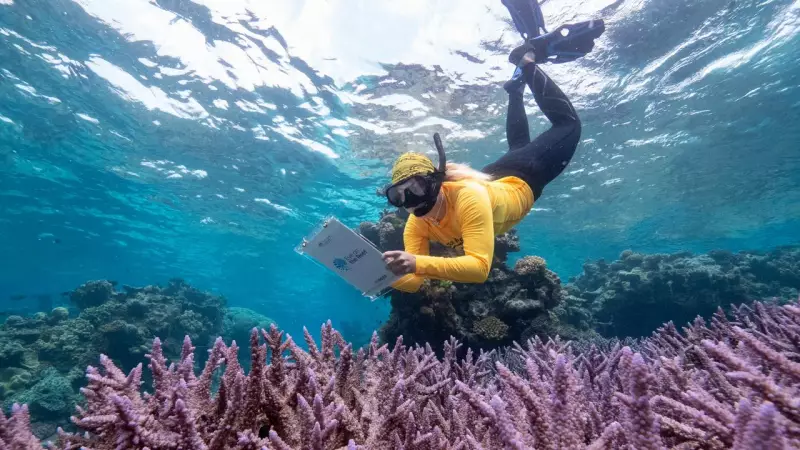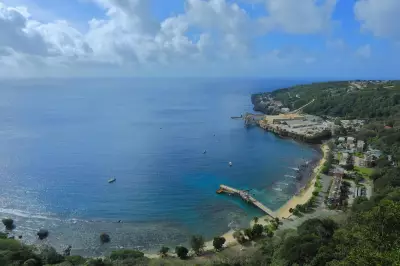
Australia's Great Barrier Reef is receiving crucial new protection measures while tourism operators report encouraging signs of biodiversity recovery across the world's largest coral reef system.
Tourism Operators Document Remarkable Recovery
Marine tourism businesses operating on the Great Barrier Reef have been documenting significant improvements in coral health and marine life populations. Operators conducting regular surveys have observed increased fish populations, coral regrowth, and improved overall ecosystem health across multiple reef sites.
The observations come as welcome news following years of concern about coral bleaching events and environmental pressures. Tourism operators, who serve as the eyes and ears of the reef, have been systematically recording their findings, providing valuable real-time data about the marine environment's condition.
New Protection Measures Implemented
Simultaneously, new protective measures are being rolled out to safeguard the reef's future. These initiatives represent a comprehensive approach to conservation, combining scientific research, monitoring programs, and practical protection strategies.
The protection program focuses on reducing threats from crown-of-thorns starfish outbreaks, improving water quality, and enhancing sustainable tourism practices. Additional resources have been allocated for reef management and research, ensuring that conservation efforts are backed by the latest scientific understanding.
These coordinated efforts between government agencies, research institutions, and tourism operators demonstrate Australia's commitment to preserving this UNESCO World Heritage site for future generations.
Economic and Environmental Significance
The Great Barrier Reef's health has profound implications for both the environment and regional economies. As one of Australia's most significant tourist attractions, the reef supports thousands of jobs and generates substantial economic activity for Queensland communities.
The positive biodiversity reports from tourism operators not only indicate ecological improvement but also strengthen the case for sustainable tourism practices that balance visitor access with environmental protection.
Marine scientists have noted that while challenges remain, the combination of natural recovery processes and human intervention is showing promising results. Continued monitoring and adaptive management will be essential for maintaining this positive trajectory.
The collaboration between tourism operators and conservation authorities represents a model for how industry and environmental protection can work together successfully. This partnership approach ensures that those who depend on the reef for their livelihood become active participants in its preservation.





